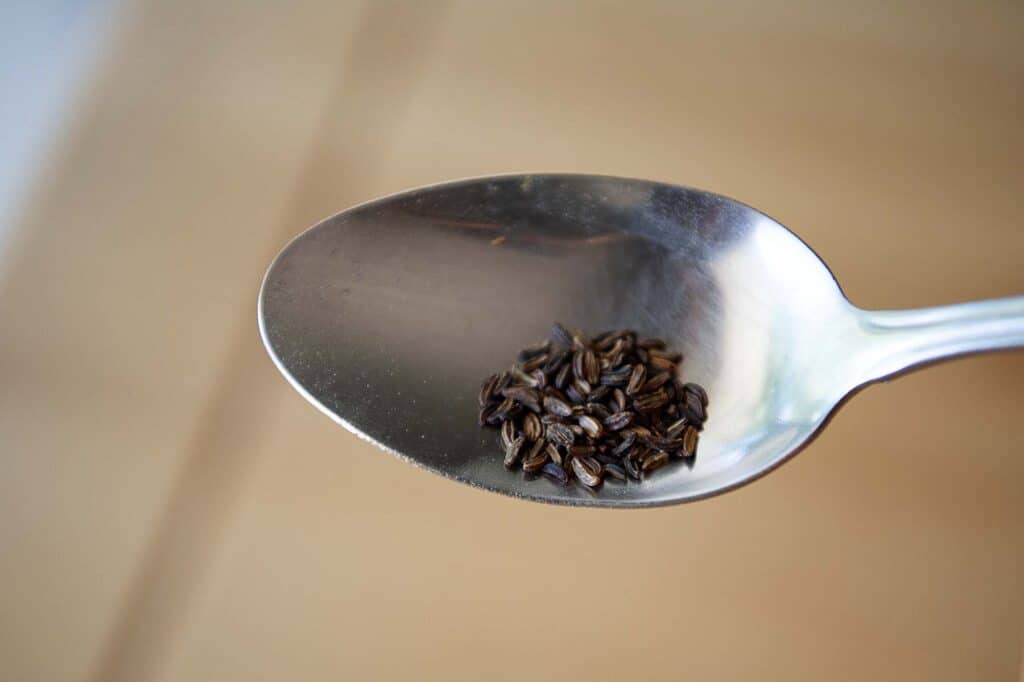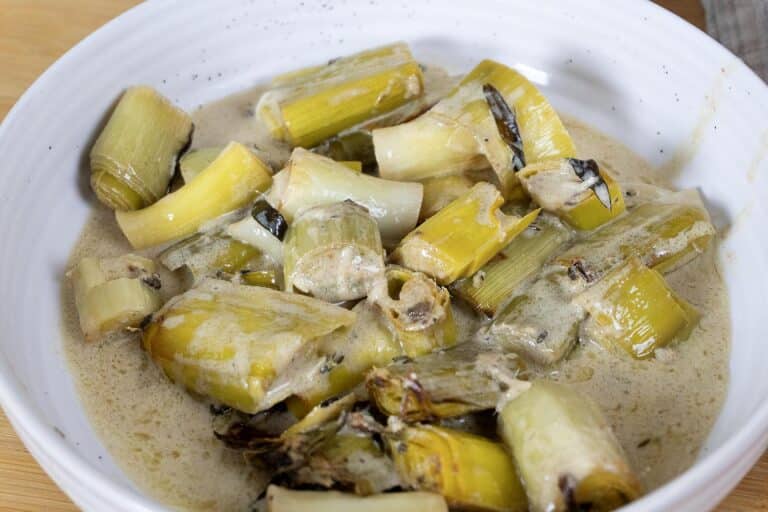What Is The Herb Alexander Used For?

When discussing lesser-known herbs that have been used historically, Herb Alexander, also known as Smyrnium olusatrum or Alexanders, is a noteworthy example.
This biennial plant, once a common staple in kitchen gardens, especially during Roman times, has been overshadowed by more familiar culinary herbs in modern times.
However, it still holds various uses and benefits that make it an interesting subject for both culinary enthusiasts and herbalists. Here’s a detailed look at Herb Alexander, its uses, and its historical context.
Historical Background
Herb Alexander is native to the Mediterranean but has been naturalized in various parts of Europe and the United States. Historically, it was cultivated by the Romans who appreciated it for its taste and medicinal properties. Before the introduction of celery in modern cuisines, Alexanders served as a popular leafy green in Europe. It was not just food; it was also a remedy for several ailments in ancient times.
Culinary Uses
The taste of Alexanders is reminiscent of a cross between celery and parsley, but with a slightly more bitter undertone. Every part of this plant is edible:
- Leaves: The young leaves can be used raw in salads or cooked similarly to spinach. They are slightly bitter, so blanching them before use can help reduce their bitterness.
- Stems: Stalks of Alexanders can be blanched and used like asparagus or celery. They have a crunchy texture and a robust flavor, making them suitable for stir-fries or as a steamed side dish.
- Roots: The roots can be cooked and eaten like parsnips or carrots. They are typically harvested in their first year when they are still tender.
- Seeds: The seeds of Alexanders can be used as a spice. They are often compared to myrrh and can be used in pickling or as a seasoning for various dishes.
Medicinal Uses
In traditional medicine, Alexanders has been used for a variety of purposes. It was thought to be beneficial for purifying the blood, aiding digestion, and as a general tonic to boost overall health. Some herbalists used it to treat ailments like asthma and bronchitis, though modern medical science does not typically recognize these uses.
Modern Applications and Interest
Today, Alexanders is somewhat of a novelty in the culinary world, often used by foragers and those interested in historical or traditional foods. Its use in modern medicine is limited, but it still appears in some herbal compendiums for its diuretic and digestive properties. The revival of interest in foraged and wild foods has brought Alexanders back into some niche culinary practices.
Environmental and Gardening Aspects
As a plant, Alexanders is quite hardy and can grow in a range of soils, although it prefers a moist, well-drained environment. It’s also beneficial for gardens as it attracts beneficial insects and pollinators. However, care should be taken as it can become invasive under the right conditions.
While not as common as other herbs and vegetables in contemporary cuisine, Alexanders holds a place for those interested in culinary history or wild foraging.
Its varied uses, from culinary to medicinal, make it a fascinating plant to explore. Whether as part of a historical recipe or as a unique addition to modern dishes, Alexanders provides a link to the past and an example of the diverse uses of plants that can sometimes be forgotten.






